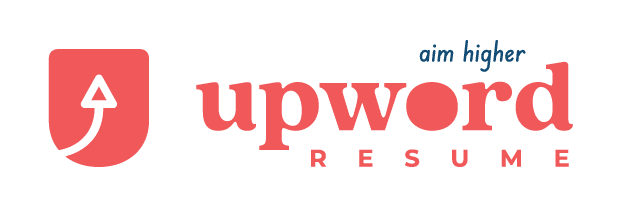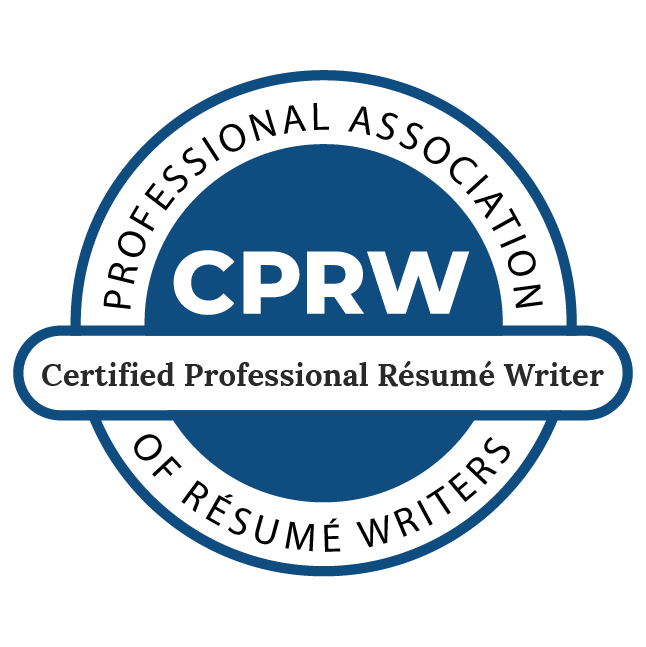Whether you’re new to the workforce or shifting careers, there’s one thing that remains, decade-after-decade, essential for successful career development.
A killer resume can make or break career opportunities, boost your salary, or expand your options in the job search process.
Crafting a resume isn’t a simple task. Just ask the 20,000+ people who Google “How do I write a resume?” every month. Fitting your career (or lack of career) into one document is daunting—not to mention ATS optimization and constant adjustments for different job applications.
Whether you’re figuring out how to create a resume for your first job or you’re already climbing the career ladder, we’re here to provide all the resume help you need. This guide will demystify the resume-building process by breaking it down, piece-by-piece.
Buckle your seatbelts, because we’re practically giving away trade secrets here.
Let’s take it from the top.
Resume Header
This may be the most simple part of a resume, but it’s also easy to mess up. Mistakes here can prevent an interested recruiter from reaching you.
Here’s what belongs in a resume header—
- Your legal name (we recommend against using your middle name unless your first and last name are very common)
- A professional email address (no momof6kittens@yahoo.com, please)
- A current phone number
- A LinkedIn url, if you have a profile set up.
- Your current city and state
We should also talk about what doesn’t belong. Never put your full mailing address in your resume header. Not only is it unnecessary, but it can actually raise privacy and discrimination concerns, potentially hindering your job search.
Resume Header Checklist:
☐ Does the header contain correct contact info?
☐ Does the resume header have a link to your LinkedIn account?
☐ Are all numbers in the resume header correct?
☐ Are all links in the resume header working?
Title
A resume title is an easy and super-effective way to align your resume with your target job. Match your resume title exactly to the title of the target job. That way, ATS software knows you’re a good match for the position. Adjust the job title for each job application submitted.
Adding a line below your title can allows you extra space for alternative titles, descriptors, or keywords that describe specific expertise within an industry. It’s best to use keywords directly from the job post you’re applying for to maximize ATS optimization. You can also use a mission statement.
Resume Title Checklist:
- Does the resume title match the job description?
- Is the subtitle / keyword list / mission statement optimized with ATS-friendly keywords?
Summary Section
Crafting a compelling resume summary sets a tone for the entire document. It’s the first (and sometimes the last) thing a recruiter reads before passing your resume up the chain or throwing it out completely.
Your summary should quickly address your biggest selling points. Think of it as an advertisement. Essentially it’s a sales pitch to get an interview. It shouldn’t belong or elaborate (5-7 sentences, max). Recruiters will spend only a few seconds reading through a resume summary, so every word should pack a punch.
Resume summary checklist:
- Is the summary section language is tight and accomplishment-driven?
- Does the resume summary contain ATS-friendly keywords, pulled directly from job description?
- Do resume bullets highlight career accomplishments or professional credentials?
Skills Section
Have you ever heard a real estate agent chant location, location, location?
Keywords in a skills section are the “location” of a resume. Many companies (especially those hiring at a high volume) use Applicant Tracking Systems (ATS) to streamline the hiring process and weed out unqualified candidates. It’s actually a fairly simple process: An ATS program scans incoming resume keywords to see how well they match the job postings.
More resume keywords matches = higher ATS score.
Higher ATS score = resume is passed to a human hiring manager.
Create a skills section in your resume to house some of these juicy keywords. They’re also useful for human readers with a checklist of core skills they’re recruiting for.
Professional Experience
Now, we move on to the real meat of your resume.
The work history portion of your resume should highlight professional experience, including titles, employers, start/end dates, responsibilities, and most importantly job accomplishments.
If you’ve been at your current job for a while, add a brief description of your scope of responsibilities in paragraph form, then bullet points that describe specific accomplishments, KPIs, and goals for each job.
If you’re at the start of a career path, you can always fill gaps in your resume with part-time work and temporary roles — just make sure to tie them into the job you’re aspiring to as much as possible.
Resume job history checklist:
- For each job, do you provide company name, location, job title, and years of employment?
- Do you provide a brief description of your duties and scope for each position?
- Do you provide quantified accomplishments?
- Do you provide the most detail for your latest jobs, with less detail on older/less relevant jobs?
- Did you omit information that is personal, outdated, or off-target?
- Is work history listed in reverse chronological (newest to oldest) order?
Volunteer Work
This section isn’t mandatory, so include it only if the service is relevant to your target job—maybe by extending your years of experience or demonstrating leadership skills.
Resume Volunteer Section Checklist:
☐ Have you listed committees, leadership roles, and professional associations in chronological order?
☐ If your volunteer experience is extensive, have you limited the section to the 4-5 most notable entries?
☐ Have you listed any major recognitions in your volunteer history?
Education
Unless you’re a recent college graduate with limited experience, education and professional training should go at the bottom of your resume. Keep it clean and simple—no need to list every class you’ve ever taken.
Unless you’re a current student or have graduated in the past year, leave dates out of this section. It often does more harm than good by allowing ageism into the hiring process.
Resume Education Checklist:
☐ Are education entries in order from most recent to oldest?
☐ Are areas of study clearly listed?
☐ Have you listed any relevant certifications and professional development courses?
Final checklist
Last but not least, here’s a handy checklist of the major components of a strong resume. How does your resume measure up?
- Is it in a clear, readable, commonly used font? Arial and Times New Roman are classic stand-bys. Calibri is one of my new faves.
- Does it have ample white space in the margins? (Keep one-inch margins on the sides and at least a half-inch on top and bottom.)
- Is it limited to two pages?
- Is it free from typos and errors?
- Does it convey a clear, unified message about who you are and what you do (aka your personal brand)?
- Is it focused on accomplishments and benefits more than responsibilities and duties?
- Does it speak to the desired qualifications for the type of job you’re seeking?
- Does it replace niche industry jargon or company-specific phrases with better-understood translations? (Imagine a recruiter or HR person who isn’t necessarily familiar with the technical details of your target job.)
- Is it consistent in terms of formatting, verb tense, organization?
- Does it aim toward your next job (not your current job)?
If creating a resume still sounds daunting reach out to the pros at Upword Resume. Our team of professional resume writers includes experts from every sector, from engineering to communications to healthcare. You can also follow us on Instagram and subscribe to our newsletter for monthly career tips and information to help you keep your resume polished and focused!

